
Tour of the Popular Auspicious Seven Lucky Gods feted in Japan’s Traditional Folk Beliefs;
Pray for a year of good luck by visiting six temples and seven shrines around Kichijoji. Visit all of the temples and shrines on the list and have your signature board stamped with a read red seal at every stop.
About the Seven Lucky Gods
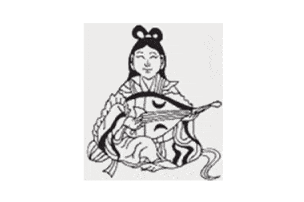
- 1.Inokashira Benzaiten (Taiseiji-Temple) / Benzaiten Goddess
- Luck / Treasure
- The guardian angel for the water goddess and grain harvest; The Benzaiten goddess at Inokashira is an eight armed representation who bears the Ugajin (harvest & wealth god) on her head but holds no Japanese lute. This Buddha is completely withheld from the public.
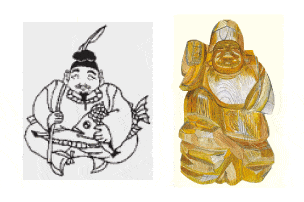
- 2.Kizukitaisha Shrine / Ebisu God
- Prosperous Business
- The Japanese traditional god Kotoshironusho-no-Mokoto God, son of Daikokuten God. Popular since old days as the Sea Guardian and God of Business Prosperity. The deity holds a fishing rod to fish for sea bream, a symbol of luck.
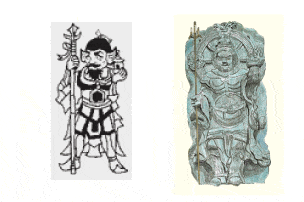
- 3.Enmeiji-Temple / Bishamonten God
- Happiness and Prosperity / Wisdom / Longevity
- A god from India. One of the four heavenly kings, also called Tamonten (god of knowledge). The warrior with body-armor, venerated as the guardian of victory, answers 10 kinds of prayer (for happiness and prosperity, wisdom, long life, etc.).
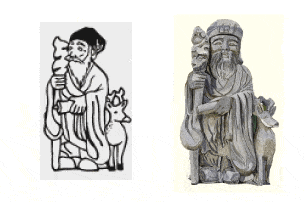
- 3.Enmeiji-Temple / Jurojin God
- Happiness and Prosperity / Wisdom / Longevity
- A god from China personalized as an old man squired by a deer. Jurojin God bears a rolled drapery inscribed with instructions on attaining long life by a secret art. His smile represents longevity.
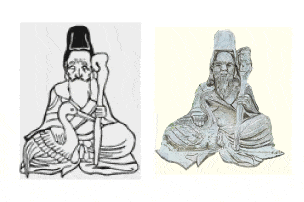
- 4.Daihouzenji-Temple (Daihouji-Temple) / Fukurokuju God
- Happiness / Wealth / Longevity
- A god from China, the avatar of the southern polar stars, with a bold head and long beard, squired by a crane. Fukurokuju God is over several thousand years old and attracts the faithful as a god of happiness and longevity.
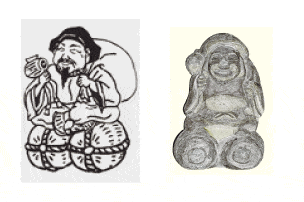
- 5.Musashino Hachimangu Shrine/ Daikokuten God
- Treasure
- A god from India; the Daikokuten God came to Japan through China together with Kotoshironushi-no-Mikoto. He became the god of production. Treasures jumps out each time he shakes the Uchide-no-Kozuchi (legendary magic hammer) in his hand.
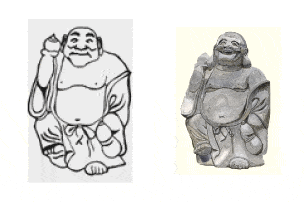
- 6.Anyoji-Temple / Hotei God
- Treasure
- The real-life Zen Buddhist from China. Hotei God is fat and always smiling. He holds a sacred gem (removed from his bag) in his right hand and a gourd in his left hand.
Shrines of the Auspicious Seven Lucky Gods
Visit a shrine to a god who brings luck in different forms to those who seek it.
1.Inokashira Benzaiten (Taiseiji-Temple)
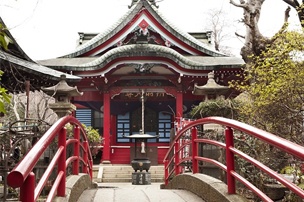
The Benzaiten Goddess, now enshrined on Nakanoshima in Inokashira Park, was widely professed by Edo-Era people to be the water goddess of the Kandagawa-River water source. Guardian goddess of Music and Performing Art. The original shrine pavilions built by Tokugawa Iemitsu was destroyed by fire and reconstructed in 1927. The Benzaiten goddess is a closely guarded Buddha unveiled to the public only once every 12 years (in the Year of the Snake).
2.Kizuki-Taisha Shrine
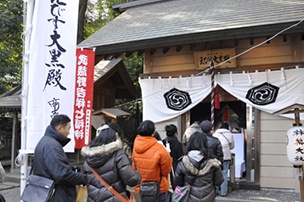
The shrine was built by Naomasa Matsudaira, the lord of Matsue Domain in the early Edo Era. Visitors come to pray to two lucky deities enshrined here. Daikokuten, the god of Great Darkness and Kotoshironushi-no-Mikoto, the god of Lucky Conquest and Marriage. The thousand gingko trees in front of the inner shrine grow well and have tremendous visual impact. People gather at a 10m high tumulus on the grounds to pray for recovery from sickness.
3.Enmeiji-Temple
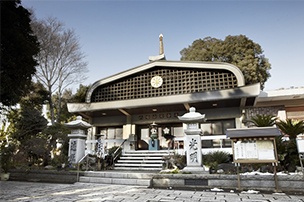
This is the Tantric Buddhism Shrine opened at the entrance to Sekimae-Village in 1670. The Buddha of Healing crafted by Eshin is enshrined here. She is never shown to the public. Two Kongo Rikishi statues, Agyo and Ungyo, glare out to visitors, not far from the wooden statue of the Peace Goddess of Mercy and the stone statues of Bishamonten God and Jurojin God.
4.Daihouzenji (Daihouji-Temple)
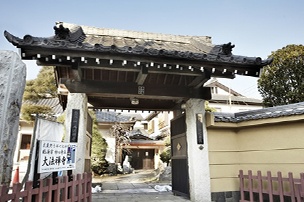
The honorific name of this mountain is Kinkokusan. The temple was opened in 1634 by Jinso Gitei, Jr., a monk from the famous temple Enjoji in Matsue Castle, Izumo Province, under the Iemitsu Tokugawa Regency. At the initial opening of the temple, the temple was located in Sakurada-Cho, Azabu of Edo (current Roppongi) but moved to the current place in 1932. The statues of Kisshou Goddess of Mercy and Otoku-Jizo are standing in the quiet temple ground.
5.Musashino Hachimangu Shrine
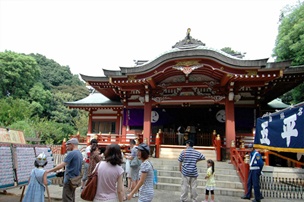
This shrine was reputedly originated by Sakanoue-no-Tamuramaro, who prayed for continued luck in the fortunes of war before embarking on an expedition to Ohshuu in 789. The divine spirit of Usa-Hachiman God enshrined here attracts the faithful as the guardian god of farmers in Musashino. The shrine dogs and stone Torii memorializing the year 1813 are precious remains. The Daikokuten God is enshrined in the subordinate shrine on the right-hand side facing the main shrine.
6.Anyoji-Temple
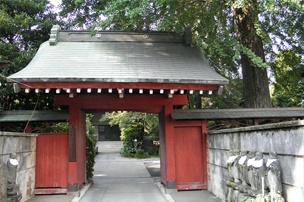
Anyoji-Temple was opened in 1624 by its founder Fuse-Danjohzaemon Yasusada, one of the 48 generals of Hojoh. The temple is one of the four Kichijoji Temples and the first Pilgrimage Site of the Shikoku 88 Places in Tama. Kohshin Tower (1665) and six Jizos are placed before the gate. Throngs of people come on new year’s eve to ring the temple bell (cast in the Edo Era) in commemoration of the passing of the year.
More Lucky with the Turn-of-the-Year Auspicious Seven Lucky Gods Tour.
A special signature board and bus pass are prepared for persons who participate the Turn-of-the-Year Auspicious Seven Lucky Gods Tour. Please join the tour.



